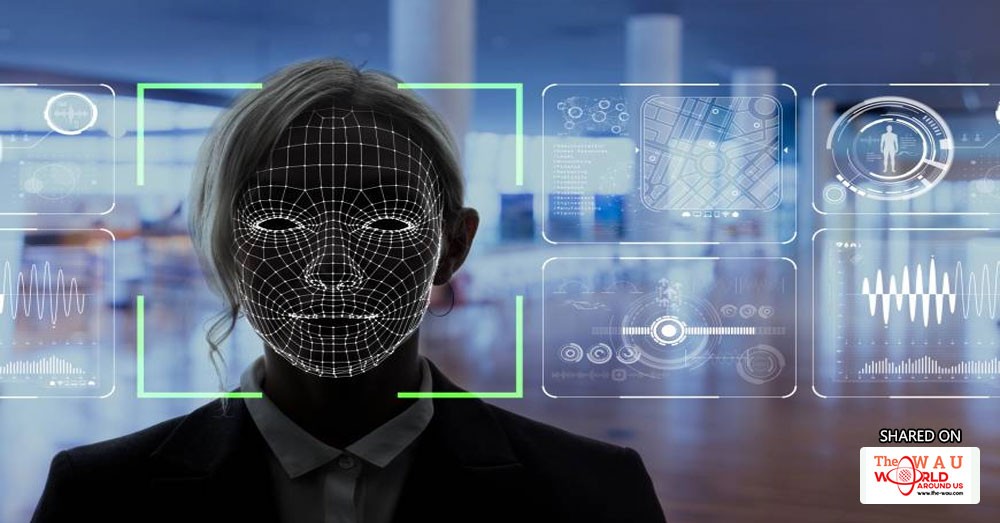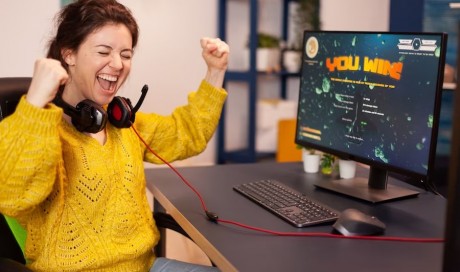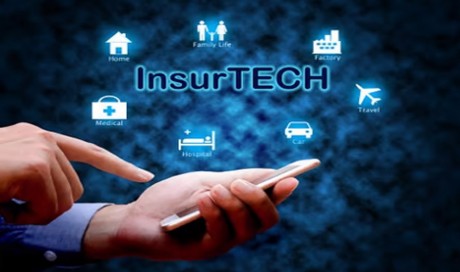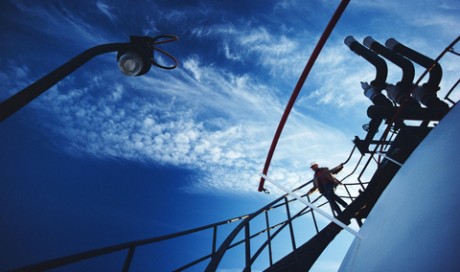Facial recognition technology will be used at the Tokyo 2020 Olympics and Paralympics to streamline the entry of athletes, officials and journalists to the games venues, sources close to the organizing committee say.
In light of concerns about terrorism, the games’ organizers aim to bolster security and prevent those involved in the 2020 Games from lending or borrowing ID cards. Digital verification will make it difficult to use stolen or forged cards and likely reduce waiting times.
The technology won’t be used for spectators, who will be asked to show their tickets and submit to luggage checks just as in the previous Olympics, the sources, who declined to be named, said Dec. 23.
The organizing committee will distribute ID cards bearing facial photos for those involved in the games. The total is expected to reach around 300,000 to 400,000, including athletes and media representatives.
When they enter the venues via the competition entrances or media facilities, their faces will automatically be checked against registered photos for discrepancies.
The Justice Ministry deployed gates using facial recognition technology to screen passengers at Tokyo’s Haneda airport in October.
The Tokyo Olympics are scheduled to be held from July 24 to Aug. 9, followed by the Paralympics from Aug. 25 to Sept. 6. Given Japan’s hot and humid summers, organizers are also studying how to get people into the venues quickly.
The facial recognition technology is designed by NEC Corp., which is known to have one of the world’s most accurate systems, capable of recognizing those who have undergone cosmetic surgery as well as distinguishing between identical twins.
The committee believes the system will identify each person quickly. It tested the technology when it was managing the flow of media personnel entering the Japan House information center during the 2016 Rio Games.
In Rio de Janeiro, identification of people entering the venues was carried out at designated security checkpoints that showed the IDs on screen with their facial photos as security personnel and other officers checked each individual. But this led to some delays, which frustrated some of those involved at the event.
Share This Post












